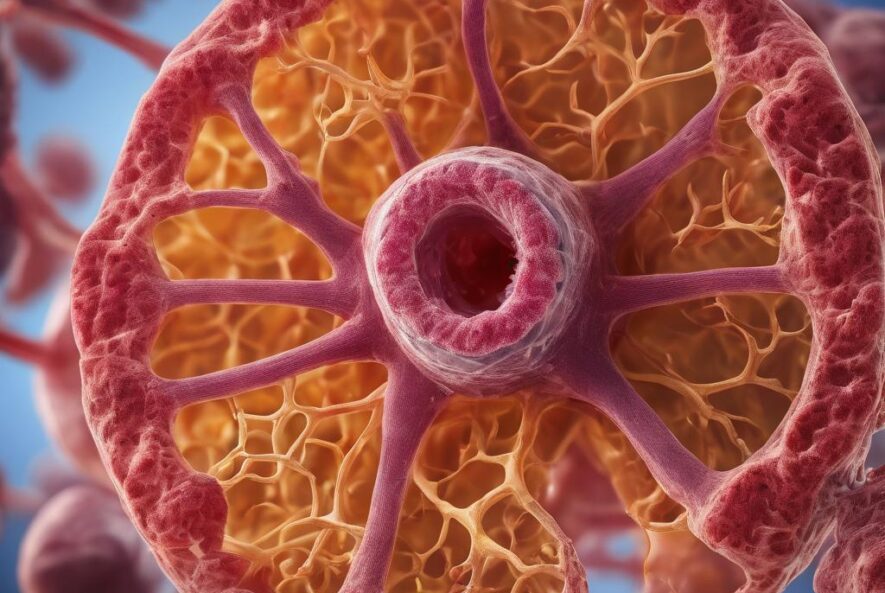
Pathology, often referred to as the “science of the causes and effects of diseases,” is both an art and a science that plays a fundamental role in healthcare. Pathologists analyze tissues, cells, and fluids to diagnose diseases, guide treatment decisions, and contribute to medical research. Join us as we explore the multifaceted world of pathology, its perspectives, and its crucial role in advancing medicine.
Histopathology: The Visual Language of Tissues: Histopathology involves the microscopic examination of tissues to diagnose diseases. Pathologists analyze cellular structures and abnormalities, providing essential insights into conditions ranging from cancers to inflammatory disorders.
Cytopathology: Unveiling Cellular Secrets: Cytopathology focuses on individual cells, often obtained through techniques like Pap smears or fine-needle aspirations. This branch of pathology aids in the early detection of cancer and the assessment of various diseases at a cellular level.
Surgical Pathology and Intraoperative Consultations: In surgical pathology, pathologists examine tissues removed during surgery. Intraoperative consultations provide real-time feedback to surgeons, guiding decision-making during procedures and ensuring optimal patient care.
Forensic Pathology: Decoding the Cause of Death: Forensic pathology investigates the cause and manner of death. Through autopsies and meticulous analysis, forensic pathologists contribute crucial information in legal and medical contexts.
Molecular Pathology: Deciphering Genetic Clues: Molecular pathology involves the study of genetic and molecular alterations in diseases. Techniques like polymerase chain reaction (PCR) and DNA sequencing contribute to personalized medicine, guiding treatment choices based on molecular profiles.
Clinical Pathology: The Laboratory Backbone: Clinical pathology encompasses laboratory disciplines such as hematology, biochemistry, and microbiology. Pathologists in this field interpret laboratory results, providing a comprehensive view of a patient’s health.
Telepathology: Bridging Geographic Gaps: Telepathology employs digital pathology tools to share and interpret images remotely. This innovative approach enhances collaboration among pathologists, particularly in areas with limited access to specialized expertise.
Artificial Intelligence in Pathology: Enhancing Diagnostics: Artificial intelligence is transforming pathology, aiding in the analysis of complex data and images. Machine learning algorithms contribute to faster and more accurate diagnoses, particularly in fields like radiology and pathology.
Educational Initiatives in Pathology: Nurturing Future Experts: Pathologists actively engage in education, training future generations of healthcare professionals. Educational initiatives encompass medical schools, residency programs, and ongoing professional development.
Pathology and Research Collaborations: Advancing Medical Knowledge: Pathologists contribute to medical research, collaborating with clinicians and scientists to advance our understanding of diseases. Their insights pave the way for innovations in diagnostics and treatment modalities.
In conclusion, pathology serves as the bridge between clinical observations and a deeper understanding of diseases. As we explore the perspectives within this field, stay tuned for more insights into diagnostics at Triesta Science.







